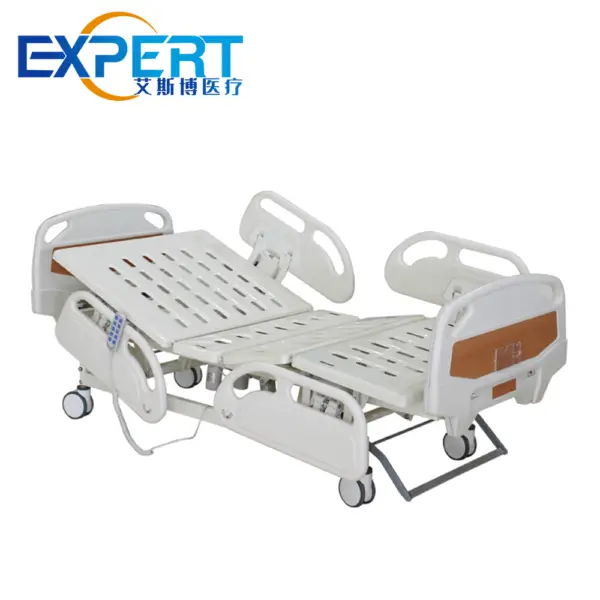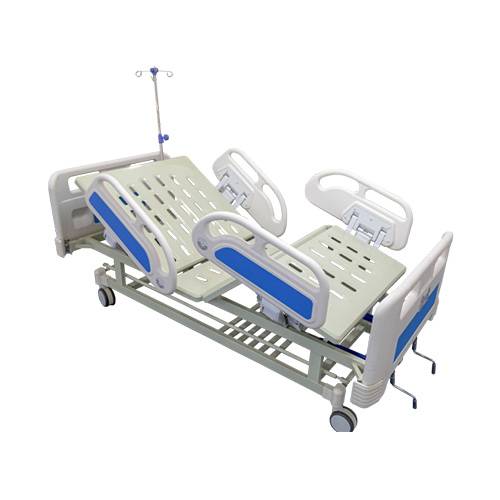Address
304 North Cardinal St.
Dorchester Center, MA 02124
Work Hours
Monday to Friday: 7AM - 7PM
Weekend: 10AM - 5PM
Address
304 North Cardinal St.
Dorchester Center, MA 02124
Work Hours
Monday to Friday: 7AM - 7PM
Weekend: 10AM - 5PM

When it comes to healthcare settings, understanding hospital bed measurements is crucial for ensuring patient comfort and safety.
Welcome to My Blog!
Before we dive into the content, if you’re interested in our products or have any questions, please feel free to visit our Contact Us page on the website. Our team is ready to assist you with inquiries, orders, or any support you may need.
Now, let’s get started on our journey together. I hope you find the content here insightful, engaging, and valuable.

When it comes to healthcare settings, understanding hospital bed measurements is crucial for ensuring patient comfort and safety. Hospital beds are not just simple pieces of furniture; they are complex devices designed to accommodate various medical needs. In this comprehensive guide, we will explore the different types of hospital beds, their measurements, and how to choose the right bed for your facility or home care needs.
Hospital beds come in various types, primarily manual and electric.
Specialty beds cater to specific medical conditions and needs. Examples include:









When selecting a hospital bed, understanding the specific measurements is vital. Below are some key dimensions you should consider:
When measuring a hospital bed, consider the following:
| Bed Type | Length (inches) | Width (inches) | Height Adjustment (inches) | Weight Capacity (lbs) |
|---|---|---|---|---|
| Standard Manual Bed | 80 | 36 | 15 – 30 | 250 |
| Standard Electric Bed | 80 | 36 | 15 – 30 | 350 |
| Bariatric Bed | 80 | 48 | 15 – 30 | 600+ |
| Pediatric Bed | 60 | 30 | 15 – 30 | 150 |
This table provides a comparative overview of various hospital bed types, highlighting their measurements and weight capacities. Understanding these specifications is critical for making an informed decision.

Understanding the specific needs of the patient is crucial when selecting a hospital bed. Consider factors such as mobility, weight, and any medical conditions that may affect bed choice.
Measure the available space in the room to ensure the hospital bed can fit comfortably. Remember to account for any additional equipment, such as wheelchairs or walkers, that may need to be stored in the same area.
Before making a purchase, it’s advisable to consult healthcare professionals who can provide insights on what type of bed will best suit the patient’s needs. Their expertise can guide you in selecting a bed with appropriate features and measurements.
Understanding hospital bed measurements is essential for ensuring patient safety, comfort, and proper care. By considering the various types of beds, their dimensions, and specific patient needs, you can make an informed decision that enhances the quality of care provided. Whether in a hospital, nursing home, or home care setting, the right hospital bed can significantly impact patient well-being.
What is the standard size of a hospital bed?
The standard size of a hospital bed is typically 80 inches in length and 36 inches in width. However, widths can vary depending on the bed type, with bariatric beds being wider.
How do I determine the weight capacity of a hospital bed?
Weight capacity is usually indicated by the manufacturer and can range from 250 pounds for standard beds to over 600 pounds for bariatric beds. Always check specifications before purchasing.
Are hospital beds adjustable in height?
Yes, most hospital beds come with adjustable height features, allowing caregivers to raise or lower the bed between 15 to 30 inches for easier patient access.
Can I use a regular mattress on a hospital bed?
Using a regular mattress on a hospital bed is generally not recommended, as hospital beds have specific designs and sizes that need to be matched for safety and comfort. Always use a mattress designed for hospital beds.
What should I consider when purchasing a hospital bed for home use?
Consider the patient’s specific medical needs, available space, and whether you prefer a manual or electric bed. Consulting with healthcare professionals can also help you make the best choice.